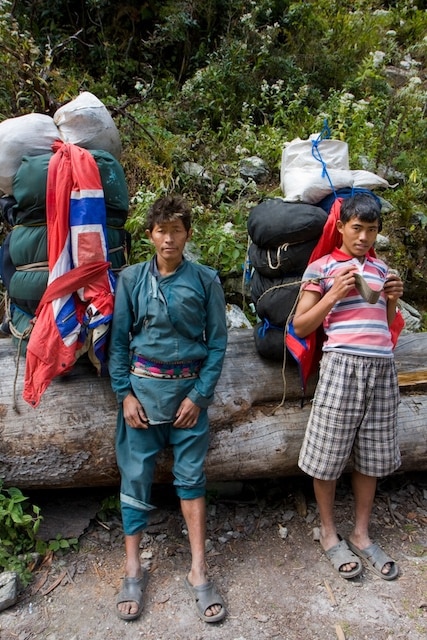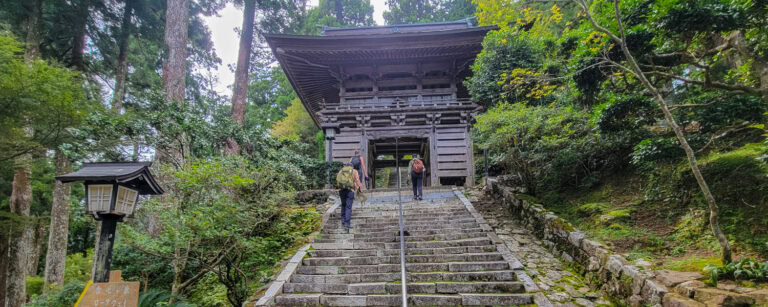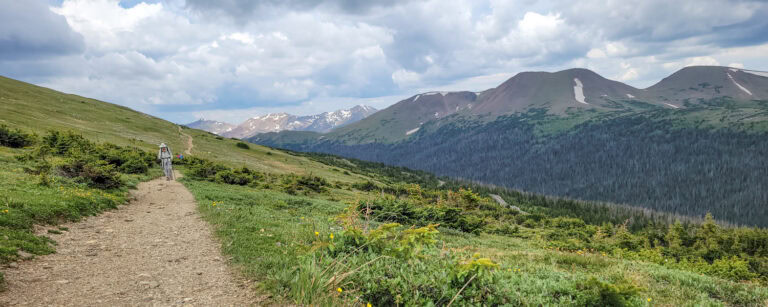Porters of the Annapurna Circuit
This article may contain affiliate links where I make a small commission for purchases you make from links that you click from this article. By purchasing through these links, you support me at no additional cost to you. Thanks for your support.
Porters in Nepal don’t use any fancy equipment to carry their large loads. You see them wearing hand-me-down clothing and shoes from trekkers past. Flipflops and shoes that don’t fit; but it doesn’t matter because everything is appreciated here. I bet Converse never designed their canvas sneakers to trek to 17,000 ft. in the Himalayas, but they should know that they are being utilized to do so!
In fact, the simplicity of the porter’s gear is what amazes me; if you give them a backpack to carry, 99% of them wouldn’t even consider wearing it on their shoulders. All of this high-tech gear meant to protect us from back and shoulder pain is instead introduced to low-tech solutions – a basket and some rope. This is hard for those of us in the Western world to understand, but the traditions are strong in Nepal; and so are these porters.
Men and women (and sometimes teenagers) do this thankless task of transporting unimaginable things up and down mountains, on narrow trails, and through streams. There are no/few regulations and their salaries are minimal. They carry items the traditional Nepalese way, using their forehead and neck muscles, hunched over to put the weight on their back. They rest on the boulder ‘benches’ along the trail which are set up at just the right height to gently ease the load off their forehead without bending over.
As most people were busy taking photos of the scenery, I spent a few days just concentrating on the culture of the porters and taking pictures of them. They seemed surprised that I would come up to them and ask to take their picture while simply standing there, but they loved it. They often get attention as they walk by, but few stop to spend time with them.
These photos show their burden.
To see these photos all at once, simply click on the image and it will take you to my photography site.
Or view this link Porters’ Documentary








I think native people is one of the great thinks of this trekking. The first time I heard about the Annapurna I thought I wouldn’t die without seeing it, and every time I hear more things I’m more convinced. Anyway I want to tell you that I find great you stopped to give some attention to this people who are working so hard for so little.
Cheers
Sherry,
It’s great to see such an emotive photo essay highlighting the really tough work that porters in Nepal do on a daily basis.
What I really appreciated in your photos was the feeling of weariness and toil that your images captured, because as you say being a Nepali porter is a thankless task.
This one of the reasons that it is so important to choose your trekking company carefully when booking a trek in Nepal and make sure your porters are properly equipped, insured, paid and looked after.
The International Porter Protection Website – http://ippg.net/ – is a must read for anyone planning a trek in Nepal.
Thanks for highlighting this important issue.
Neil
Neil thanks for linking to such a great website – so happy that you’ve shared that info. Yes, I totally agree with you – people need to choose their trekking company carefully or if they are going independently – then make sure you ask the right questions and that the people you hire have the right equipment – or provide it for them.
Those guys are awesome. The strength they must have to carry the loads like that is just amazing. Often overlooked like you said I would love to sit and chat to them.
I was personally really fascinated by the few women I saw on the trail carrying big loads. I tried to talk to them but they didn’t know much English – so I mimed conversations. However I felt that the women porters were generally very solitary – they walked alone – not many of the other porters seemed to talk with them or walk with them. Just my observations.
Wow, very good article.
The system they use to carry staff is much better then our hi tech back-pack; they know what they are doing.
It does make you wonder why we spend all of this money on backpacks!
Sherry: This is what travel is really all about. The people, their way of life, the different cultures. The scenery is just a bonus. Thanks for this awesome photo review.
Thanks so much for sharing the photography of porters in Nepal. I’ve had the honor to spend time with a porter who told me about his work and its challenges.
I’m loving your blog and look forward to visiting it often in 2010.
I’d have collapsed long ago under the weight of those heavy rucksacks, a lesson that perhaps we should pack a little lighter.
Great to see/read of the porters! You are right,they don’t get enough real attention.
Amazing photos! I bet I would have been one of those people taking pictures of just the scenery. I love that you chose to focus on the porters.
Some great photos and discussion. I am sure their approach using baskets and head straps is sensible as it has been developed over 100s of years. Most importantly, they walk slowly and deliberately keeping going for hours in poor footwear. I left some of my gear with the porters on completion of the trek. On my trek some years ago, I walked around 250 metres with one of these loads (on a fairly flat section and after checking that it wouldn’t be construed as insulting in any way) and I cannot believe their balance on uneven ground and lasting strength when doing this over an entire day. It provided great humour to all as several put down their load and watched and yelled encouragement. as someone said, I also noticed that the women porters (didis) walked separately and also the porters seemed to break into “tribal” groups. One guy from the lowlands also walked alone every day.
I always wanted to try to pick up a load the way they do it…but never got the guts to try it as I was too worried it would really strain my neck! That’s really great that you gave it a try! I hope someone took a picture of you!
I also left a some tennis shoes and clothes behind in Nepal…it’s nice to know that it will really be used and it’s definitely needed! Thanks for reminding us how important that is.